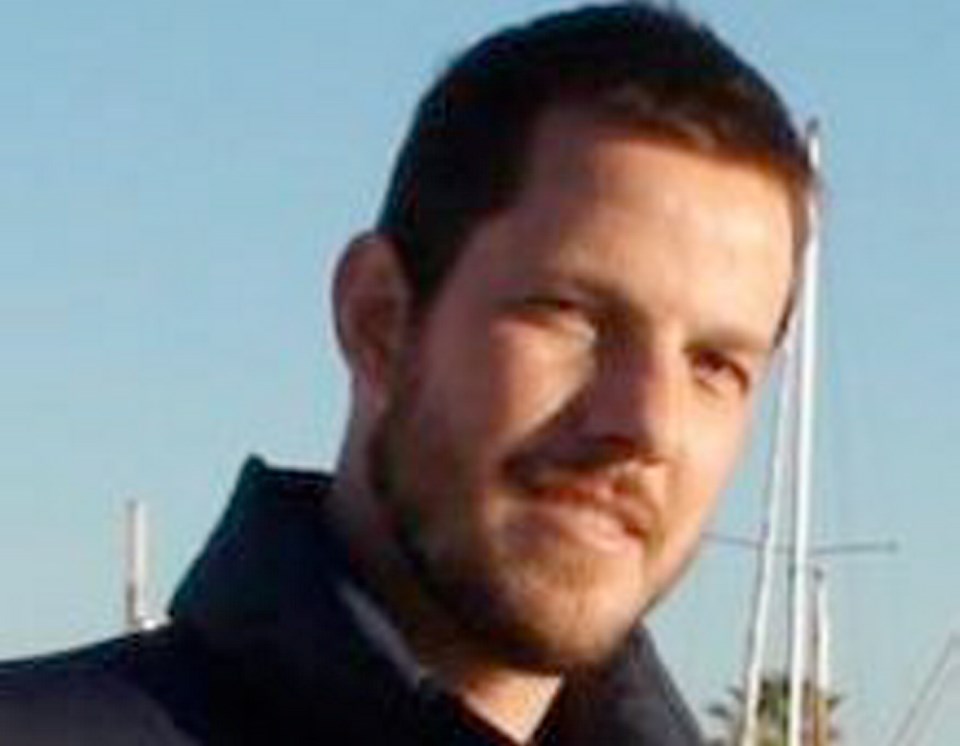 Fabio De Leo just made a greater contribution to human knowledge than most of us ever will.
Fabio De Leo just made a greater contribution to human knowledge than most of us ever will.
He and his fellow scientists helped further our understanding of how the oceans work, uncovering a clue to their role in climate change.
“It’s just a small piece of the puzzle at this stage,” the 40-year-old said Tuesday, and he might be right — but many puzzles are made up of small pieces.
And when he starts talking about this particular piece, it’s kind of mind-blowing to those of us whose grasp of science is on par with that of the cargo cults of Vanuatu.
De Leo, a University of Victoria biologist and staff scientist at Ocean Networks Canada, co-led an international study that revealed how underwater canyons serve as “rapid-transit corridors” to carry carbon from the ocean surface to the deep sea in winter.
By synchronizing high-resolution data from a NASA satellite way up in the sky and an underwater gizmo way down at the bottom of a submarine canyon 100 kilometres west of Vancouver Island, researchers were able to measure, for the first time, how carbon travels from the surface to the deep ocean “by wintertime ocean circulation, canyon rim eddies and downwelling — the sinking of dense, cold water beneath lighter, warmer water.”
This is significant, a UVic news release said, because understanding the fate of carbon sources around the world is critical for predicting the amount of global warming: “De Leo and colleagues showed that in winter, sinking organic carbon — such as dead phytoplankton — is transported from the ocean surface to the deep sea and permanently sequestered in seafloor sediments. Up until now, carbon transfer during winter was presumed to be insignificant in the global carbon cycle compared to spring and summer.”
The team used high-resolution data from the MODIS satellite and Wally, a deep-sea crawler attached by cable to an Ocean Networks observatory, to watch phytoplankton blooms sink 870 metres to the bottom of Barkley Canyon. (Wally looks like something out of Robot Wars, a piece of consumer electronics plucked off the shelves of Best Buy, given tracks and sent trundling around the canyon floor by — get this — a team of researchers 8,000 kilometres away in Bremen, Germany, operating it over the internet. Those of us who have yet to figure out how to PVR Modern Family from the other side of the living room can only marvel.)
As is common, this was an international effort. The study, published in Nature magazine’s Scientific Reports, involved researchers from universities and institutes in Canada, Germany, Spain, the U.S. and Italy. De Leo himself has both Brazilian and Spanish nationality. He’s a benthic ecologist — a scientist focused on the life found on the sea floor, his specialty being submarine canyons.
Reached by phone Tuesday, he said his fascination with the ocean began as a kid surfing, diving and fishing off São Paulo, Brazil. An oceanography degree there eventually led to a doctorate in Hawaii, where he was able to ride manned submersibles 1,000 metres down into underwater canyons.
“That completely changed my perspective of life,” he said. It made him want to understand how human activity — oil-drilling, deep-sea fishing and, now, mining — affects those submarine canyons, close to 10,000 of them worldwide.
His research took him around the globe — Antarctica, New Zealand, Norway, Spain — before he was lured to UVic’s Ocean Networks Canada initiative four years ago.
De Leo said more work needs to be done. The existence of the biological pump, the mechanism that sequesters carbon in the ocean bottom, was already well-known before the recent study, as was the role of submarine canyons in pushing the pump. What De Leo et al. discovered was that dead phytoplankton was being drawn down to the canyon floor quickly — within 12 to 72 hours — from short-lived surface blooms in winter. Scientists still need to measure how much carbon is being pulled down before extrapolating their findings and calculating what they mean to those 10,000 canyons and the Earth’s carbon “budget.”
If that’s all a tad difficult to follow for those of us who might not have paid as much attention in science class as we should, we can be certain of this: it’s pretty cool that others are figuring this out, and that they’re doing so here.



